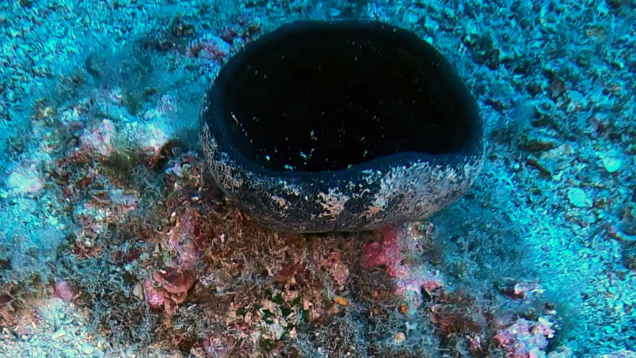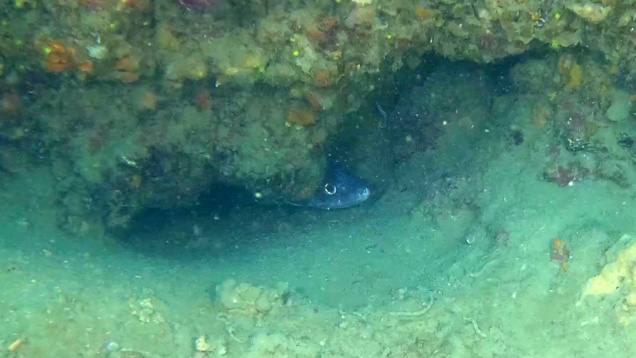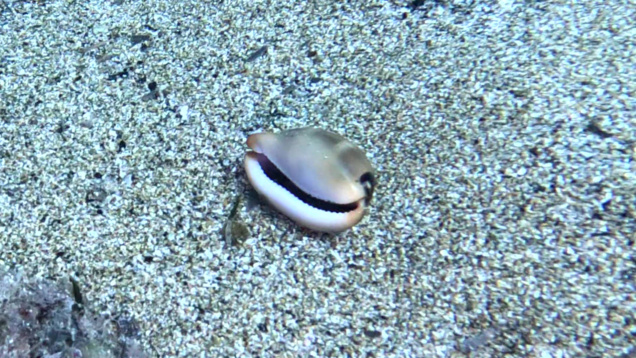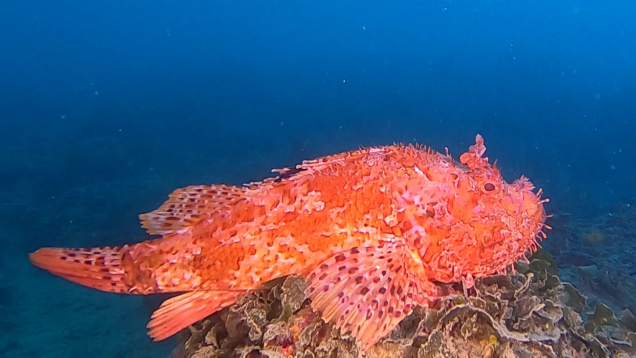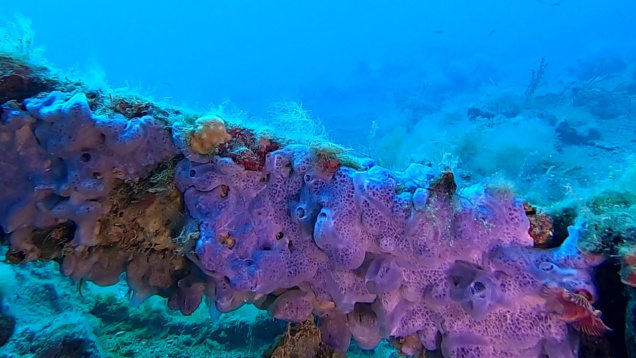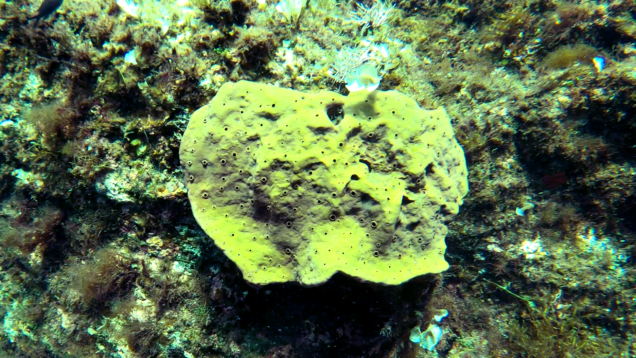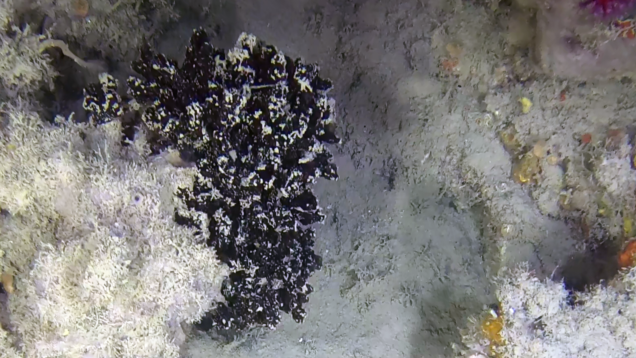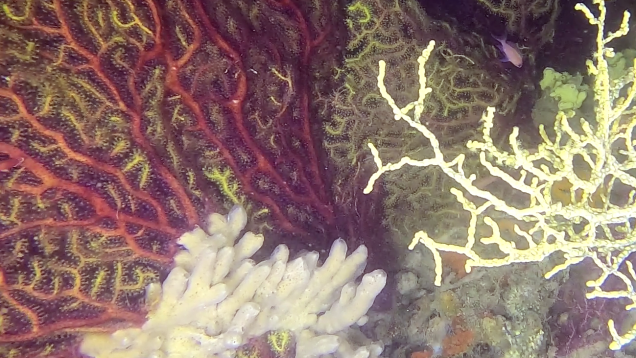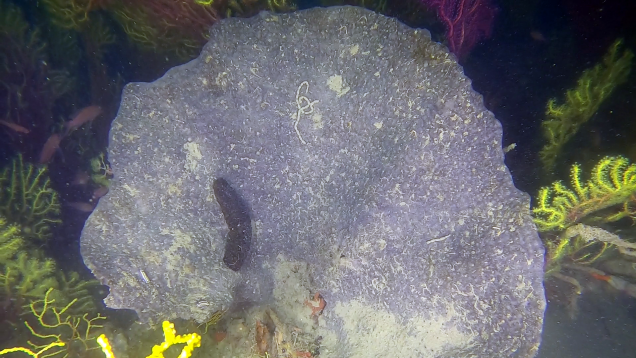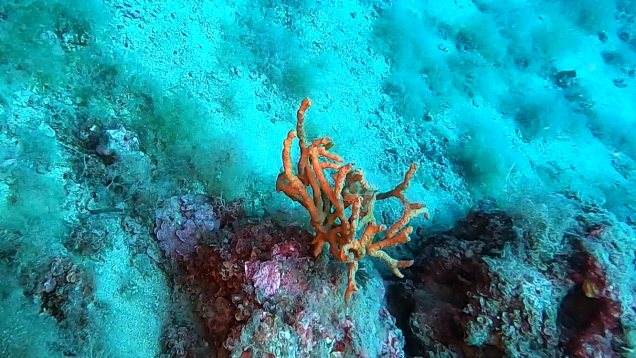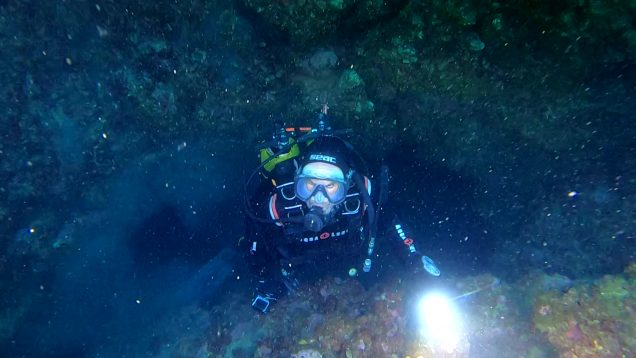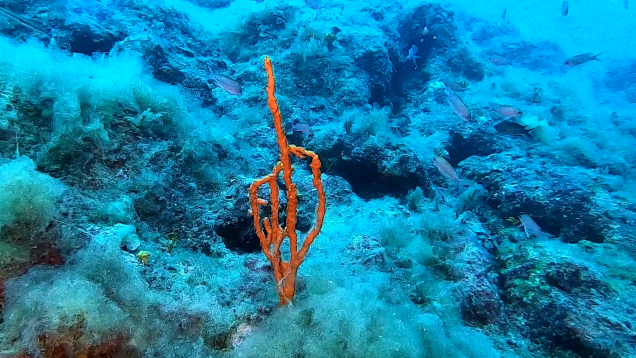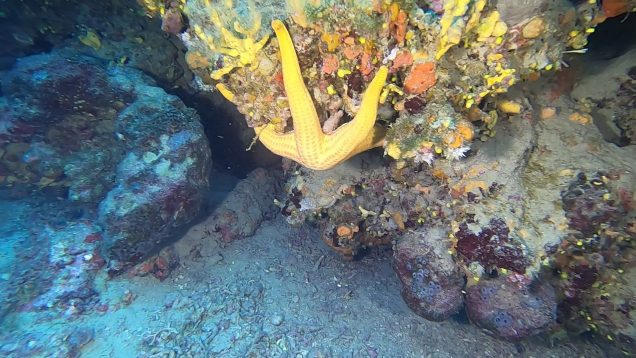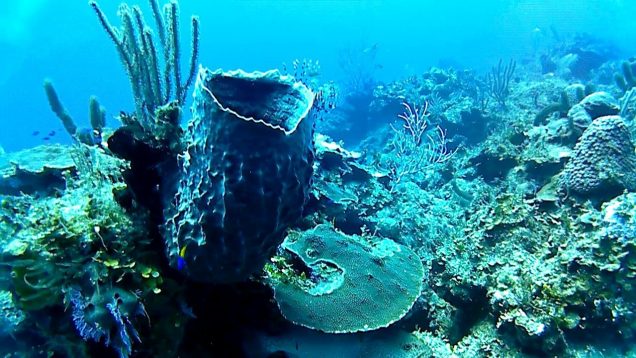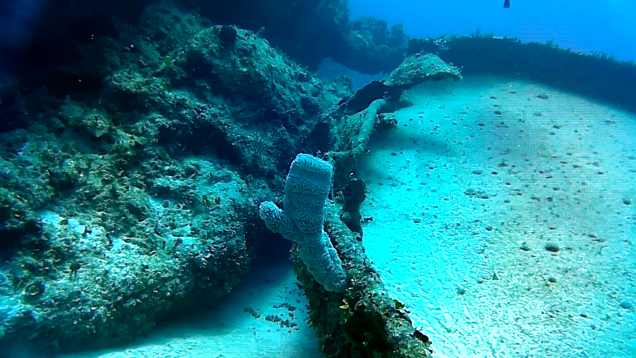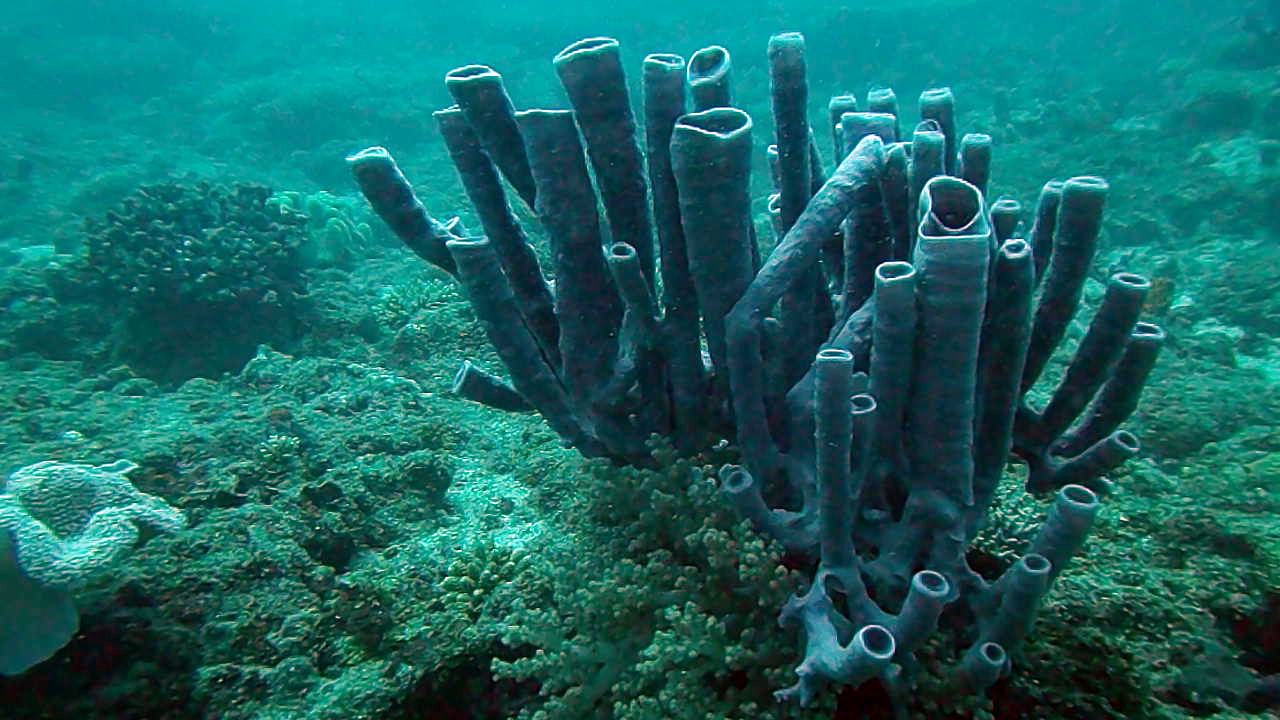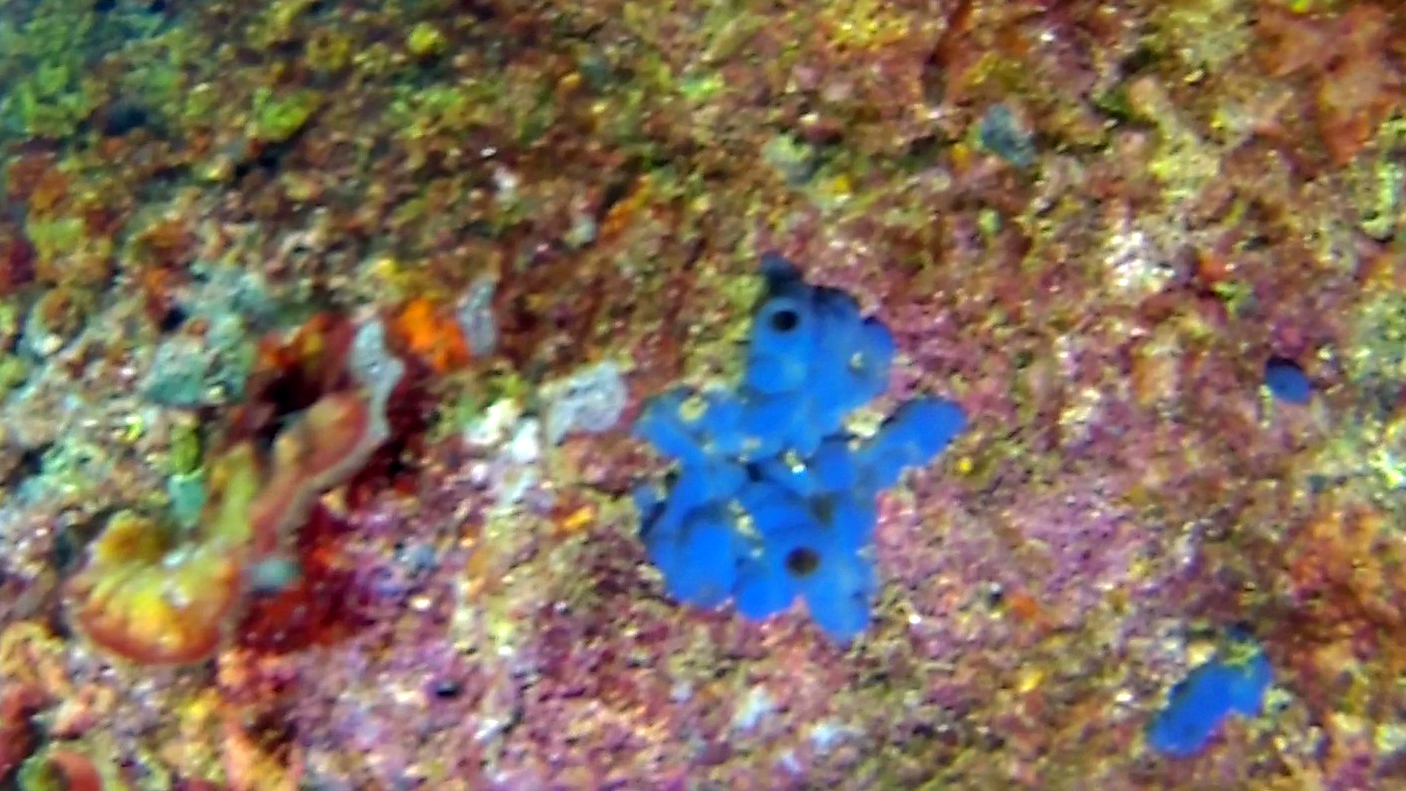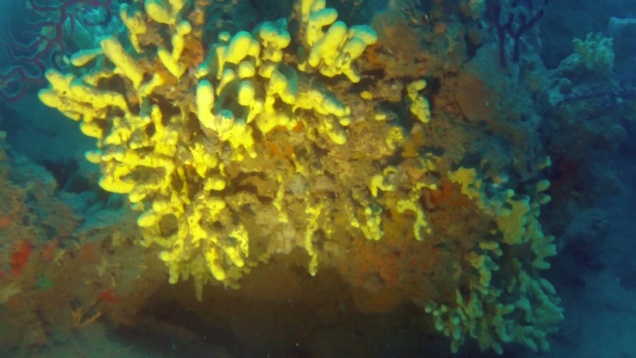Calyx nicaeensis Goblet Sponge
I met this Calyx nicaeensis, Goblet Sponge, during a dive in the reefs of the Secche di Vada near Livorno. The name owes it to its characteristic goblet shape. According to some experts, this sponge has become extremely rare in the Mediterranean because it requires very stable water temperature and biological conditions: small variations are enough to decree its disappearance. We all know by now that climate change has a heavy impact on biological life, but few seem to realize that it also affects the deep sea.




